If you’re reading this indoors, you are sitting under a roof. If you’re reading this outdoors, it sounds like you’re probably not with us in Northeast Wisconsin. Roofs are usually above our heads; often, we don’t even think about them. Here are some of the coolest roofs around the world that are definitely difficult to ignore.
Roofs Around the World
Togo, Africa – Tata-Somba House
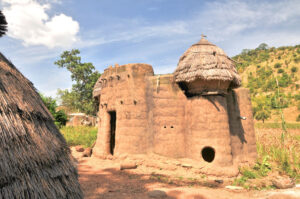
Though simple in design, the traditional Tata-Somba houses of the Tammari people in Benin and Togo are elaborate in their utility – providing basement levels for livestock and drying areas for grain on the roof. The thatch coverings provide shade from the sun.
Moscow, Russia – St. Basil’s Cathedral

Russia’s beautiful onion domes have become synonymous with the nation’s traditional architecture. The unique roofing element was originally implemented to keep snow from piling up on tent churches and is now said to symbolize a burning candle.
Kathmandu, Nepal – Pagoda
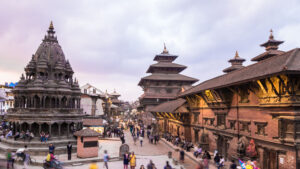
The tiered-eave roofing design of traditional pagodas in Nepal, Japan, China, Vietnam and Southeast Asia is a one-of-a-kind way to construct a tower. Often, the roof of a pagoda is decorated with an elaborate metal finial at its point, which functions as a lightning rod.
Kitzsteinhorn, Austria – Igloo
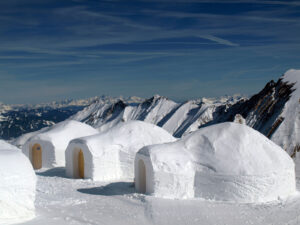
A hut made entirely out of snow and ice, igloos work by using the snow as an insulator for the body heat of the persons inside. This domed roof design allows the heat to circulate, producing up to a 50-degree difference in temperature between the inside and outside.
Zhangzhou City, Fujian Province, China
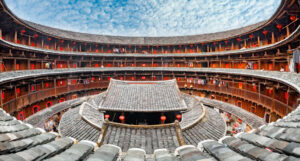
Though traditional Chinese architecture is an extremely broad field covering many different building styles and influences, the decorative tiled roofing is almost ubiquitous throughout the historical building scape. Flashed eaves are common on temples or homes of wealthy people and incorporate decorative figures and murals along the eaves.
Milan, Italy – Duomo Di Milano
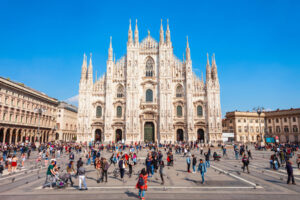
Gothic buildings and cathedrals are recognizable by their buttresses and heavenward-pointed architecture. The use of spires is perhaps the biggest distinction of Gothic roofing. No building exemplifies this better than the Duomo Di Milano in Milan, Italy. Not only is it a perfect example of Gothic architecture, but it holds the award for the most spired building in all of Europe.
West Sumatra, Indonesia – Lareh Sago Halaban House

The term Rumah Gadang is Indonesian for “Big House,” and perhaps there is no more appropriate name for this style, which features dramatic curved roofs with multi-tiered unswept gables.
Samoa – Fale
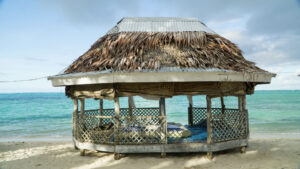
Traditional Samoan Fale (“House”) features wooden skeletal poles holding a large domed roof. These expansive roofs are constructed from thatch, traditionally woven by Samoan women.
Glaumbaer, Iceland – Turf House
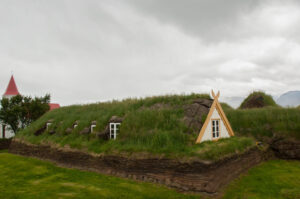
Based on Viking longhouses, the turf houses of Iceland feature grass-covered roofing. The widespread availability of turf at the time of settlement allowed for its utility as a roofing material. They are rare to see nowadays but make up an important part of Iceland’s rich architectural history.
Tamil Nadu, India – The Kanchipuram Kailasanathar Temple
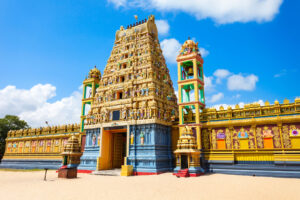
Perhaps the most interesting roofs in the world, Gopurams, are found at the entrance to Hindu temples and serve as massive 3-dimensional murals depicting elements and characters of Hindu mythology. The tallest Gopuram in the world is almost 25 stories high. That’s 100 feet taller than the Statue of Liberty (without her pedestal)!
Did you enjoy this tour of roofs around the world? Looking to spruce up your roof? Contact us!
